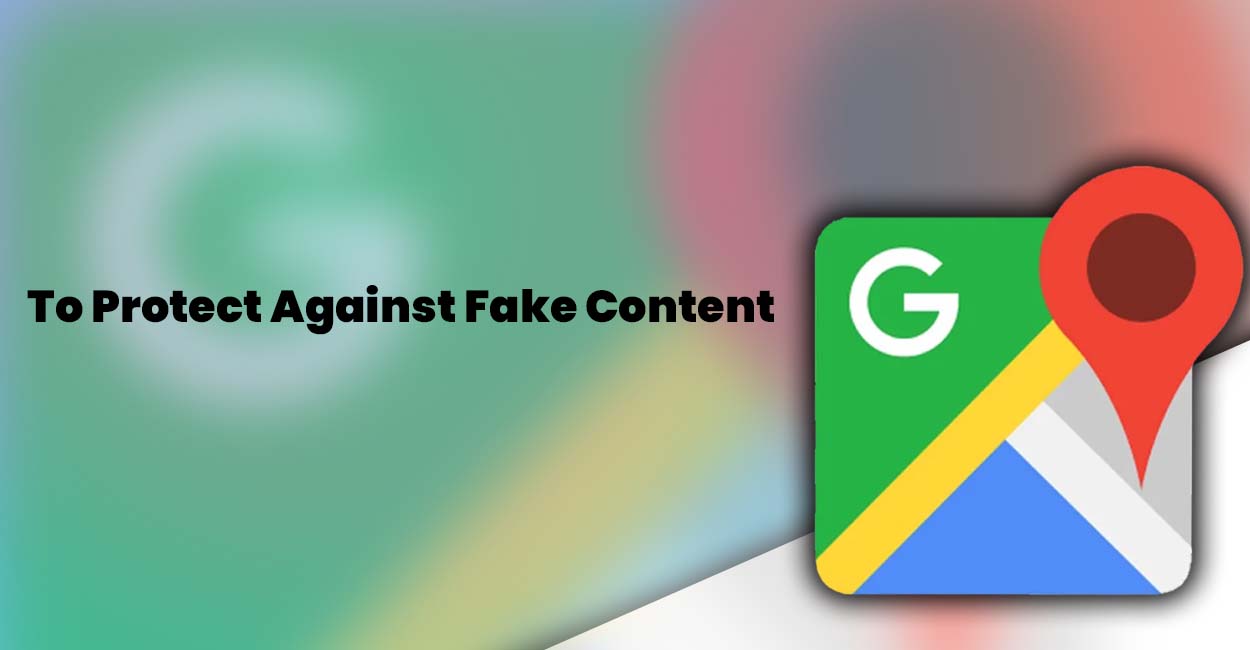
Google Maps, a popular navigation and location service, has implemented robust updates this month to enhance user experience and combat the influx of fake reviews and misleading content. Alongside recent features like Immersive View for routes and a visual overhaul with a new color palette, Google has introduced three key strategies to prevent policy-violating content on the platform.
Monitoring Unusual Patterns: Google actively monitors unusual patterns in user-contributed content, such as sudden spikes in one-star reviews for specific establishments. To prevent abuse, the company takes prompt action, including the removal of policy-violating content and temporary disabling of new contributions. By identifying and addressing irregularities, Google aims to maintain the reliability of information available on Maps.
Preventative Measures Ahead of Sensitive Events: In anticipation of sensitive events like elections, Google limits contributors’ ability to edit critical information such as phone numbers and addresses. This precautionary measure helps minimize the influx of unrelated and unhelpful content on Maps during specific periods. Google’s proactive approach aims to protect the accuracy of details associated with places and establishments.
Long-Term Protections Against Harmful Contributions: Google has implemented long-term protections against unhelpful and harmful user contributions, particularly for places like police stations and prisons. Utilizing specific frameworks, the company evaluates the helpfulness of user input for such locations. Based on the evaluation, Google may apply restrictions, ranging from limiting contributions to blocking specific content types or even prohibiting contributed content altogether.
User Notification and Accessibility: In cases where user contributions face restrictions, contributors receive a banner notification, informing them that certain functionalities are temporarily disabled. Despite these restrictions, users can still access essential information such as phone numbers, addresses, and websites for various places.
Conclusion: With these proactive measures, Google Maps aims to create a more secure and reliable platform, protecting users from misleading information and ensuring the integrity of its content. The ongoing commitment to user safety and information accuracy aligns with Google’s broader efforts to enhance the overall Maps experience for its global user base.


